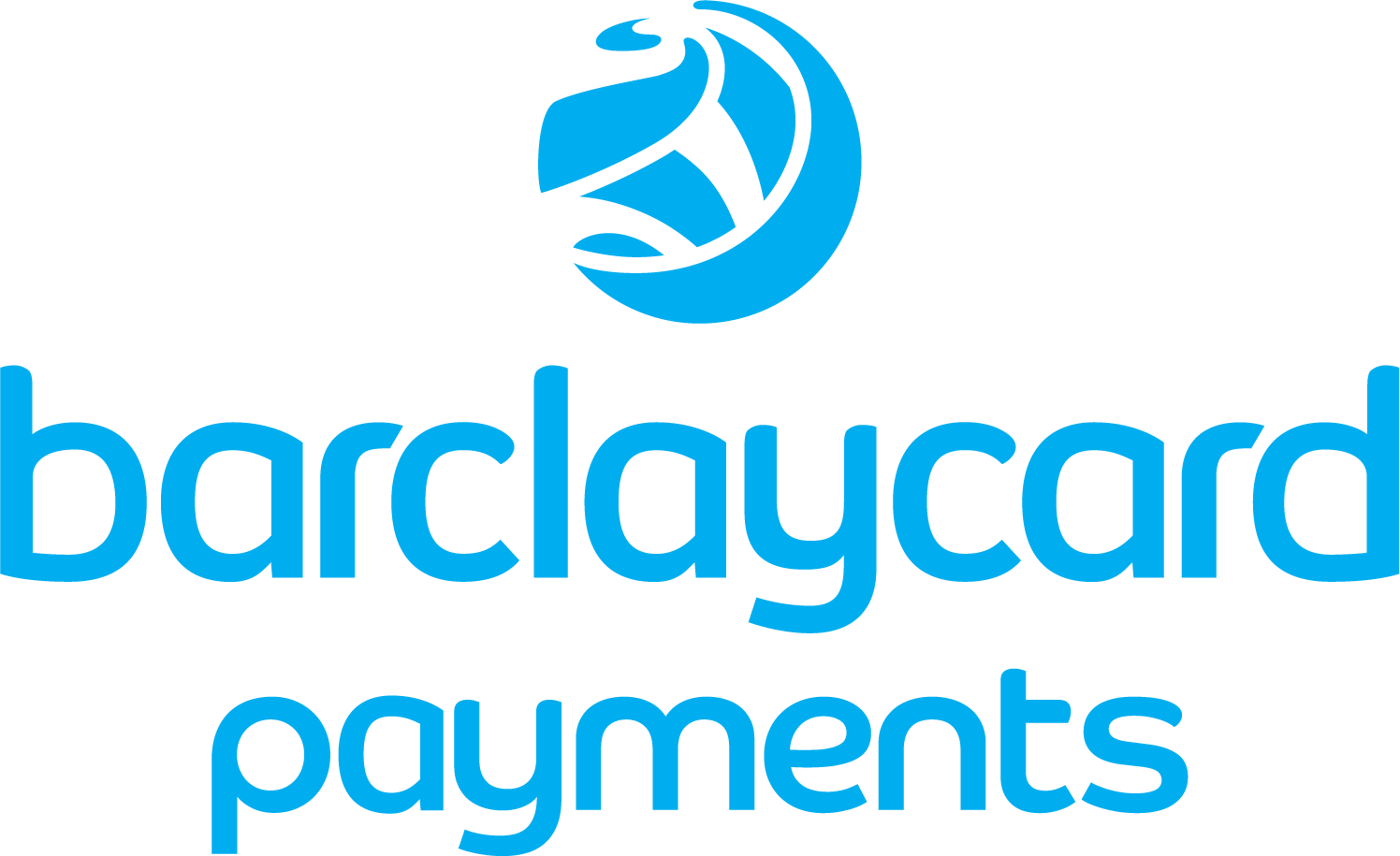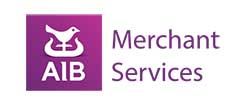- Accept card payments – lowest rates from 0.27%
- Keep your card processing fees to a minimum
- Direct access to the UK’s leading card processing banks
- We ensure your rates always remain competitive
No spam emails or calls
Choose from the payment methods then click Next
What's your turnover each month?
Enter the name of your company
Enter your company's postcode and contact number
Tell us what you need
Fill in our quick form and we’ll give you a call for a brief 5-minute chat to understand exactly what you're looking for.
Get tailored quotes
We’ll match you with up to three of the most competitive offers from our trusted providers that suit your business.
Pick with confidence
We’ll help you understand the options so you can choose the best fit — quickly, clearly, and without any pressure.






Mastering Payment by Phone: A Simple Guide to Contactless Transactions
In today’s fast-paced world, payment by phone has revolutionised the way we shop, making transactions quicker, easier, and more secure than ever. Whether you’re using Google Pay, Apple Pay, or another wallet app, contactless payments allow you to tap to pay without fumbling for cash or cards.
If you’re new to mobile payments or want to make the most of this payment method, this guide will walk you through everything you need to know about making contactless payments with your mobile phone.
What Are Contactless Payments?
Contactless payments use Near Field Communication (NFC) technology to enable secure transactions between your Android device or iPhone and a contactless card reader. Instead of inserting a debit card or entering a PIN, you simply hold your phone or contactless card near the reader to complete the purchase.
You’ll recognise terminals that accept contactless payments by the contactless symbol—four curved lines resembling a Wi-Fi signal. Most UK businesses, from supermarkets to coffee shops, now accept this payment method, making it a convenient alternative to cash and traditional card payments.
How Do Mobile Payments Work?
When you use your mobile phone to pay, your digital wallet (like Google Pay or Apple Pay) securely stores your debit or credit card details. Instead of transmitting your actual card number, the wallet app creates a unique token for each transaction, keeping your bank account details safe.
To pay, simply:
-
Unlock your device (using Face ID, fingerprint, or PIN).
-
Hold your phone near the card reader.
-
Wait for the confirmation beep or checkmark.
This process is not only faster than inserting a card but also more secure, as it requires authentication for every transaction.
Setting Up Mobile Payments on Your Phone
For iPhone Users (Apple Pay)
-
Open the Wallet app.
-
Tap the + sign to add a debit or credit card.
-
Follow the prompts to verify your card with your bank.
-
Once added, you can make contactless payments by double-clicking the side button and using Face ID or Touch ID.
For Android Smartphone Users (Google Pay)
-
Download Google Pay from the Play Store.
-
Open the app and sign in with your Google account.
-
Tap Add a card and enter your debit or credit card details.
-
Verify with your bank if required.
-
Now, just unlock your Android device and hold it near the card reader to pay.
Where Can You Use Contactless Payments?
Almost every UK business that accepts card payments now supports contactless transactions, including:
-
Supermarkets
-
Restaurants and cafes
-
Public transport (London Underground, buses, etc.)
-
Retail stores
-
Petrol stations
Some retailers even allow contactless payments for bigger purchases, though there may be a limit (currently £100 in the UK). For higher amounts, you might need to verify with a PIN or Face ID.
Security of Mobile Payments
Many people worry about the safety of mobile payments, but they are often more secure than traditional card payments. Here’s why:
-
Tokenisation: Your real card number is never shared with merchants.
-
Biometric authentication: You must unlock your device with Face ID, fingerprint, or PIN to approve a payment.
-
Remote locking: If you lose your phone, you can disable mobile payments via your bank or wallet app.
Unlike a lost contactless card, which can sometimes be used fraudulently, a stolen phone is much harder to exploit if locked.
Benefits of Payment by Phone
-
Speed – Faster than chip-and-PIN or cash.
-
Convenience – No need to carry a physical wallet.
-
Security – More protection than traditional card payments.
-
Track spending – Wallet apps keep a record of all transactions.
-
Works online – Use Google Pay or Apple Pay for online checkout without entering card details.
Common Questions About Contactless Payments
Can I use mobile payments if my phone is offline?
Yes! NFC transactions don’t require internet access, so you can still tap to pay even without Wi-Fi or mobile data.
What if a store doesn’t accept mobile payments?
Most UK retailers now accept contactless payments, but if not, you can still use your physical debit card or cash.
Is there a spending limit for mobile payments?
The UK contactless payment limit is £100 per transaction, but some wallet apps allow higher amounts with biometric verification.
Can I use multiple cards in my digital wallet?
Yes! You can store several debit and credit cards in your wallet app and choose which one to use at checkout.
The Future of Contactless Transactions
As mobile payments become the norm, we’re seeing fewer people rely on cash and even physical cards. Innovations like wearables (smartwatches with NFC) and expanded online services mean that soon, your phone might be the only payment method you need.
Final Thoughts
Payment by phone is a game-changer for UK shoppers and businesses alike. With Google Pay, Apple Pay, and other wallet apps, you can enjoy faster, more secure transactions without the hassle of carrying cash or cards.
If you haven’t tried contactless payments yet, set up your digital wallet today and experience the convenience of tap to pay!